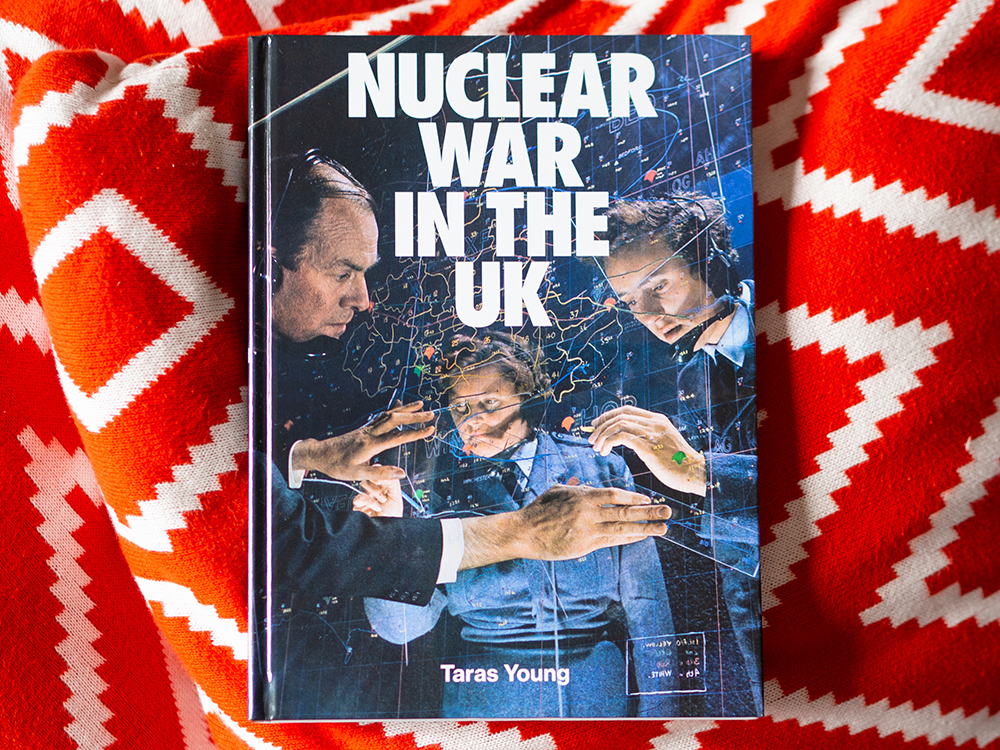Welcome to Nuclear War in the UK – Communicating the Unthinkable, a blog about how Britain dealt with the threat of nuclear attack during the Cold War period (around 1947 to 1991), told through contemporary documents and media. If you’re not sure where to look first, try the ‘Popular Articles’ link in the menu above.
Since 2020, this blog has become something of a companion piece to my book, Nuclear War in the UK. You can also follow @coldwaruk on Twitter, where I share more bits and pieces, as well as links to new articles on this site.



